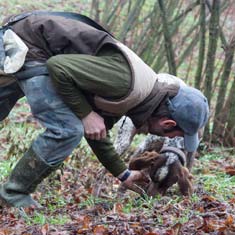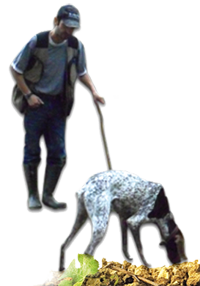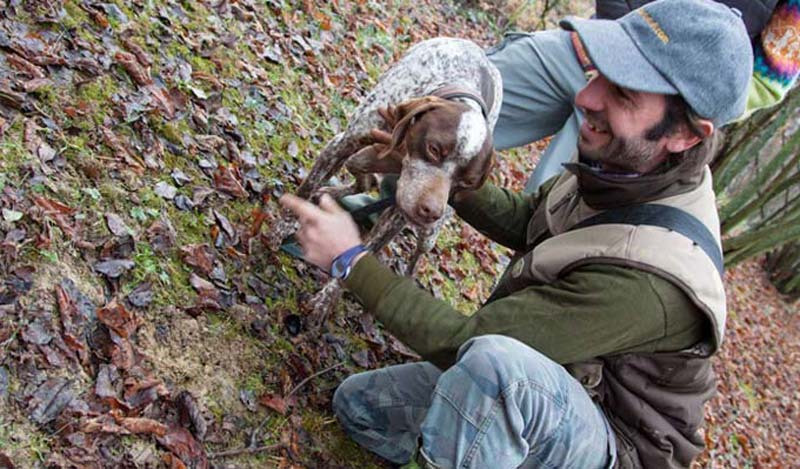THE HISTORY OF THE TRUFFLE
The fame of the truffle as a delicacy is lost in the mists of time. Some authors trace back to the time of Jacob the first mention of truffles as food, some 1600 years BC although probably they refer to the " Terfezia ."
The nose of the beaches of Asia Minor , of very inferior quality to that of some kind of truffles "Tuber " , later known by both the Greeks and Romans .
The Athenians honored the children of Keripe for the simple fact that their father had invented a new way of cooking truffles.
The Romans were greedy , and Apicius and Juvenal he counted the praise and he also laid out the methods of cooking. Pliny tells us that Licinius Laertius magistrate of Spain in Carthage broke the teeth eating a big truffle within which had been hidden or incorporated a " Roman money ."
The truffle was sung by poets, praised by writers , wanted for the tables of the rich and powerful that they could bear the high cost , but its nature and its origin remained mysterious until the nineteenth century. Theophrastus thought that the truffle was a plant without roots originated by the autumn rains accompanied by thunderclaps . Dioscorides , four centuries later , he wrote that it must be a root tuberizzata . Porfirio I thought as a child of the gods, and Pliny as a callus of the Earth and a miracle of nature .
In the Middle Ages the study of truffles and mushrooms in general, did not make any progress, and only after the Renaissance, the most serious researchers have neglected the fanciful hypothesis of the past to base the study on scientific criteria . Through the work of others, however , continued to persist the strangest interpretations .
Considerable progress in the study of tuberacee instead there were around 1710-1720 . Greofory ( 1711 ) gives a escription of tuberacee organization and highlights the presence of small dark spots in the pulp of the truffle (spores ) interpreting them as " seeds " .
Micheli (1729) resumed the study of the structure of tuberacee and recognizes the presence of germs (spores). On the same street proceeded De Borchi while other authors (1780), studying the white truffles from Piedmont refers to "Tuber magnatum pico" would have found spore germination with production of filaments called mycelium, the usual constituents felt or "blanc de champignons". Around the year 1831 the work of Carlo Vittadini marks the first solid foundation for the study of tuberacee in this work provides a description of the species based on a scientific criterion.
But only in 1892 the CHATIN in its publication, after the point of progress made by science in this field, the CHATIN illustrated the truffles from the botanical point of view, he has also contributed much to the advancement of tartuficultura.
Discover the emotion of the search for truffles

PROGRAMME OF THE VISIT
- The most important secrets of trifulao, handed down from generation to generation, will be revealed during our visits.
- Discover all the details of the search for truffles with Visiting Truffles.






